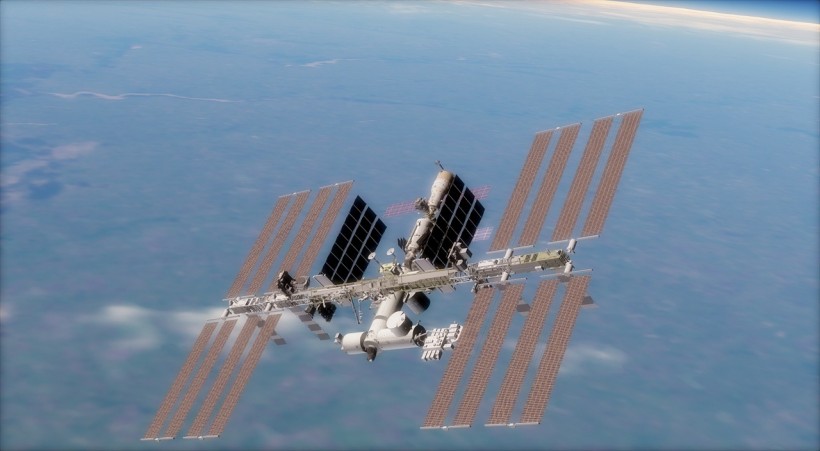NASA intends to investigate a new plan to deorbit the ISS by 2030 without relying on Russian cargo spacecraft. Futurism reports that the plan involves employing a "deorbit tug" to allow it to burn up in a safe part of the Earth's atmosphere known as Point Nemo.
The International Space Station (ISS) has been operating for more than two decades, much beyond its planned operational lifespan of 15 years. However, even humanity's most steadfast crewed footing in space must ultimately come to an end.

NASA Plans 'Deorbit Tug' to Bring Down the ISS by 2030 Through New Spacecraft
Deorbit Tug Mission Under NASA's New Annual Budget
The plan was first announced on March 9 when the White House released its 2024 federal budget request. Then on Monday, March 13, NASA elaborated on its allocated budget for next year, providing details on where it will go.
US President Joe Biden is seeking $27.2 billion for NASA's 2024 budget, which is 7% more than the space agency's budget last year. Their new budget includes $180 million to initiate the development of a space tug that could safely deorbit the ISS in Point Nemo. During the press conference on Monday, NASA discussed a ballpark price for the deorbit tug.
NASA's human spaceflight chief Kathy Lueders said that they are estimating it to cost around $1 billion. They hope to get a better price than that but it does give them a good start in 2024 to get that crucial capability onboard.
As per Space.com, the new tug will supplement the existing deorbit capabilities of the ISS partners as the current plan for bringing down the space station safely relies on engine burns by robotic Progress cargo vehicles that Russia will be providing.
Leuders said that they are planning to build a spacecraft that will be designed to better aid in targeting the vehicle and safely return it to Earth. She added that having a US-made deorbit vehicle is another key in the space agency's space operations and deorbit strategy of the space station.
The decision likely factored in the recent coolant leaks that occurred in two separate Russian vehicles docked at the ISS, as well as the country's desire to leave the space station after 2024 to focus on building its outpost in low Earth orbit.
READ ALSO: NASA Plans To Deorbit International Space Station 10 Years From Now; Will It Crash Into Sea?
Other Details on NASA's 2024 Budget
Aside from the planned spacecraft for deorbit tug, NASA's 2024 budget is more focused on the Mars and Moon missions. Nicky Fox, NASA's new scientific head, said that about $30 million is allocated to fund Europe's life-hunting ExoMars rover named Rosalind Franklin. It is unclear yet what the American space agency will contribute to the Rosalind Franklin rover.
NASA also revealed that the "skinny budget" is set to help with the Artemis program which is now working on its second phase and will hopefully land astronauts back on the lunar surface by the end of the 2020s.
The officials of NASA said that the funding would keep them on target to hit two big milestones in the near future, namely Artemis 2 in November 2024 and Artemis 3 in December 2025. But the Artemis 4, which will assemble NASA's Gateway space station on the Moon and was previously set for 2027, will be pushed back to 2028.
RELATED ARTICLE: Point Nemo's 'Space Cemetery:' Here's How International Space Station's Grave Would Look Like
Check out more news and information on Space in Science Times.














